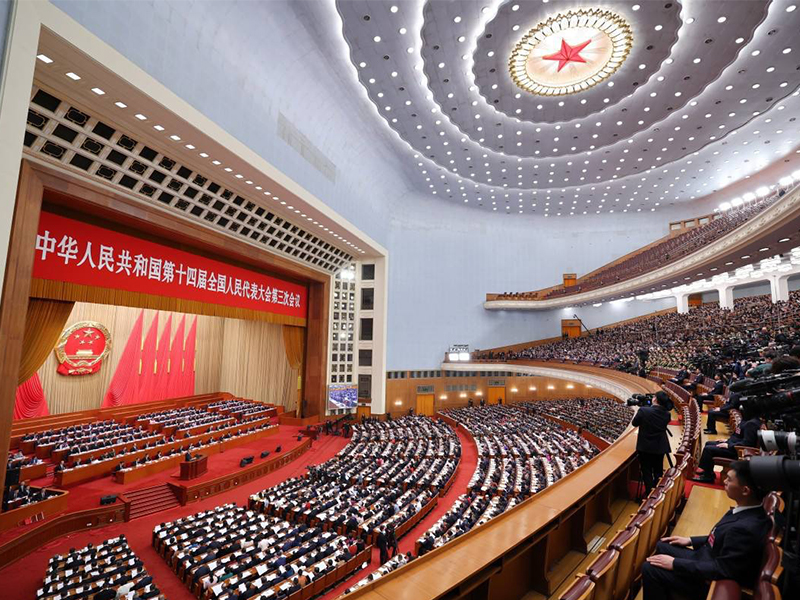
China’s Two Sessions set a 5% GDP growth target for 2025, backed by fiscal and monetary policies. Key priorities include boosting domestic demand, fostering innovation, and expanding emerging industries like AI and new energy. The agenda also focuses on private sector support and rural revitalization through legal reforms and infrastructure investment.
China Aims for 5% Growth in 2025
The 2025 National People’s Congress (NPC) and Chinese People’s Political Consultative Conference (CPPCC), commonly known as the “Two Sessions,” have set China’s GDP growth target at around 5% for this year. This goal is in line with China’s long-term vision of reaching the level of moderately developed countries by 2035 and reflects the current economic reality. Policymakers are expected to use a combination of fiscal and monetary policies to support this growth. Measures such as increasing the fiscal deficit, issuing special treasury bonds, and expanding local government special bonds are on the table. Meanwhile, monetary policy will remain moderately loose to ensure sufficient liquidity and support for major projects and people’s livelihoods.
In addition to the growth target, the Two Sessions will focus on several key areas to drive high-quality development. The government will continue to boost domestic demand and consumption through policies like extending the “trade-in” program for consumer goods and increasing income for low- and middle-income groups. Innovation will also be a priority, with increased investment in basic research and the integration of digital technology with traditional industries. The development of emerging industries such as artificial intelligence, robotics, and new energy will be highlighted to enhance China’s position in the global industrial chain.
The Two Sessions will also address issues related to the private economy and rural revitalization. The government plans to introduce the “Private Economy Promotion Law” and conduct special actions to regulate corporate law enforcement, creating a more favorable business environment for private enterprises. Rural revitalization will continue to be a hot topic, with discussions on policy support, technological innovation, talent introduction, and infrastructure construction to promote agricultural modernization and rural economic growth.

